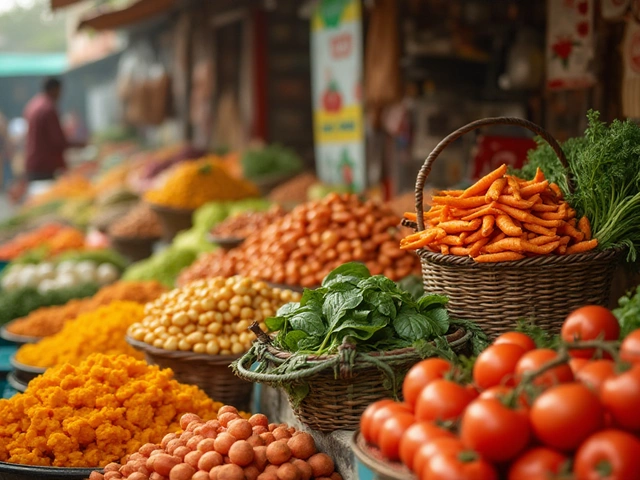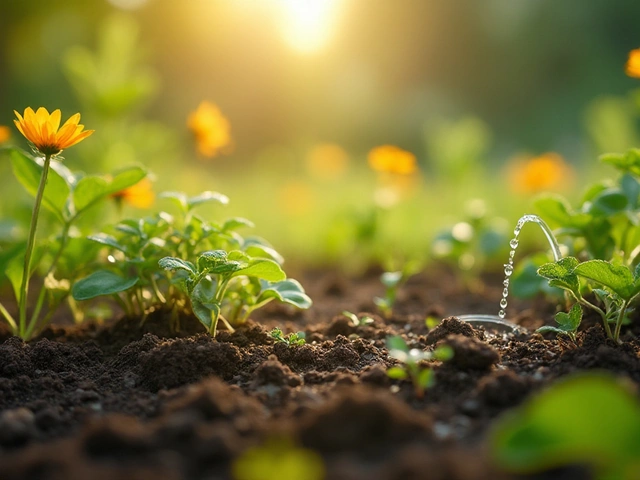Richest Plant in India – Your Guide to High‑Profit Crops
Ever wondered which plant can put the most cash in your pocket? In India, a few crops earn far more than the usual veggies. Below we break down the top earners, why they’re pricey, and how you can start growing them without a huge investment.
Why These Plants Command Top Prices
Premium price comes from three things: rarity, demand, and the cost to produce. Saffron, for example, needs hand‑picked stigmas and only a tiny flower gives a gram. Cardamom thrives in specific hill conditions, so supply stays low while chefs worldwide chase it. When a product is hard to get and loved by many, the price climbs.
Getting Started: Growing Tips for Maximum Profit
Saffron – Plant bulbs (corms) in well‑drained soil after the monsoon, about 10 cm deep. Keep the area weed‑free and water only when the soil is dry. Each bloom yields three red threads, so you’ll need thousands of flowers for a decent harvest. Harvest early in the morning and dry the threads quickly to keep color and flavor.
Cardamom – Choose a shady spot on a slope with loamy soil. Plant the green nuts in a hole with plenty of organic matter and mulch to retain moisture. The plant likes a cool, humid climate, so hill stations in the South are ideal. Expect a yield after 2–3 years, then keep the soil moist and fertilize with compost yearly.
Black Pepper – Often called the “king of spices,” it grows as a vine on support trees. Use a high‑quality seedling and plant it near a tall, sturdy tree or pole. Keep the vines well‑trained and prune regularly to improve airflow. Harvest the green berries just before they turn red for the best price.
Ashwagandha – This medicinal herb needs dry, sandy soil and plenty of sunshine. Sow seeds directly after the rains and thin seedlings to 30 cm apart. The root is the valuable part, so harvest after the plant is 6–8 months old. The market pays well for organically grown roots.
Mango (Alphonso) – While not as rare, the Alphonso mango fetches top rates in winter markets. Plant grafted saplings in deep, fertile soil with good drainage. Prune to shape a strong canopy and apply balanced fertilizer twice a year. Good fruit quality and proper timing can double your earnings.
Before you jump in, check the local demand. Talk to nearby traders, visit a farmer’s market, or join a WhatsApp group of growers. Knowing the price trends helps you decide which crop fits your land and budget.
Finally, keep records. Note planting dates, input costs, and harvest weights. Simple spreadsheets let you see which crop gives the best return. With the right plant and a bit of care, you can turn a small plot into a profitable venture.
Richest Plant in India: What's Worth Growing?
This article explores the top money-making plant in India, digging into which crop is truly the richest. Discover facts about why certain plants rake in more profits, when to plant them, and where they thrive best. Get insights into the seasonal cycle and how farmers choose what to grow. Learn some practical tips if you are considering investing or starting small. Find out why this plant has become a star in Indian agriculture.
About
Seasonal Plants
Latest Posts


Discovering the Most Unhealthy Foods and Healthier Options in Vegetable Gardening India
By Alden Thorne Jan 30, 2025

Mastering the 30/30 Rule for Efficient Drip Irrigation
By Alden Thorne Jan 7, 2025

Evaluating the Benefits and Costs of Drip Irrigation Kits
By Alden Thorne Feb 2, 2025

